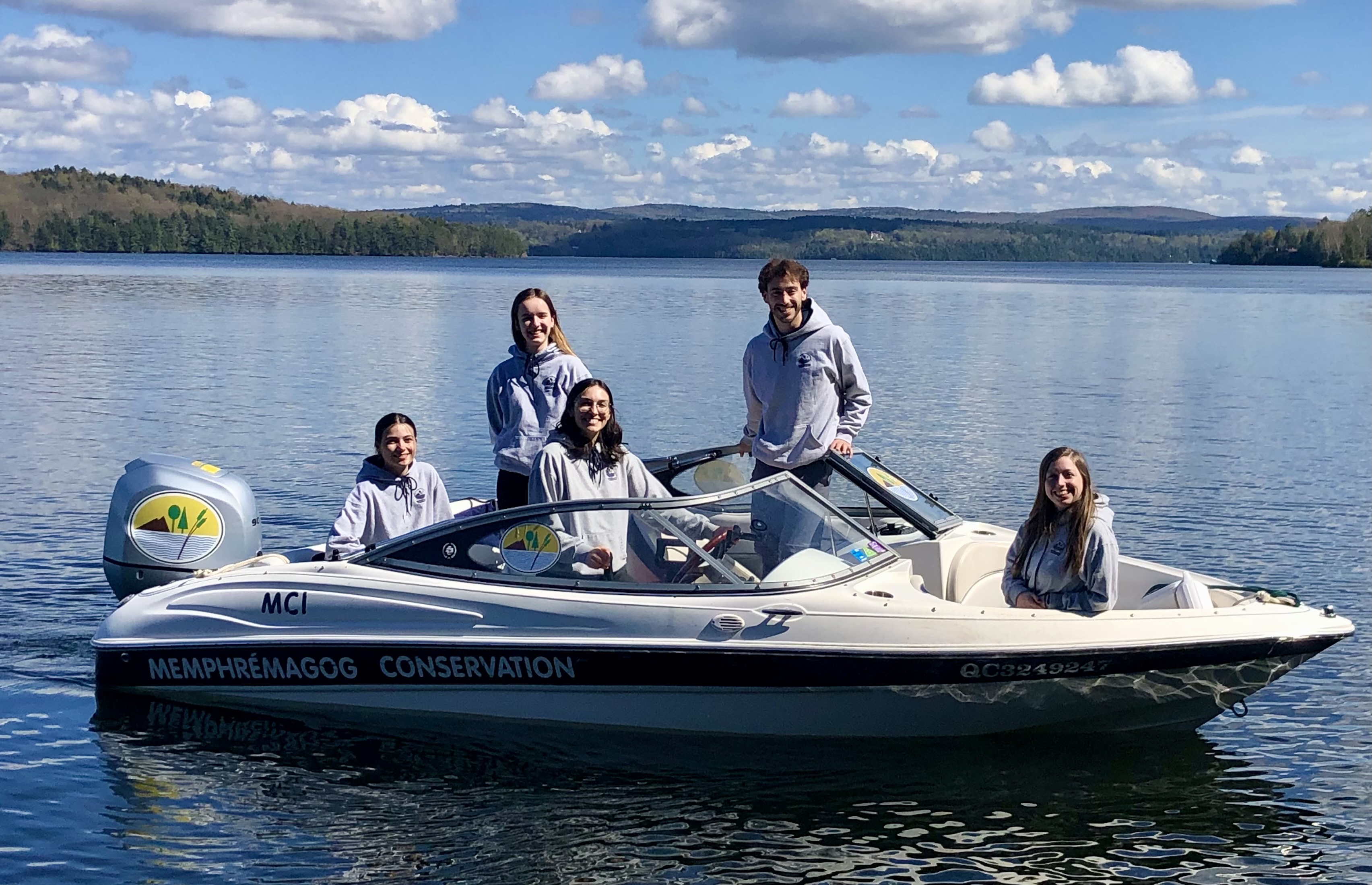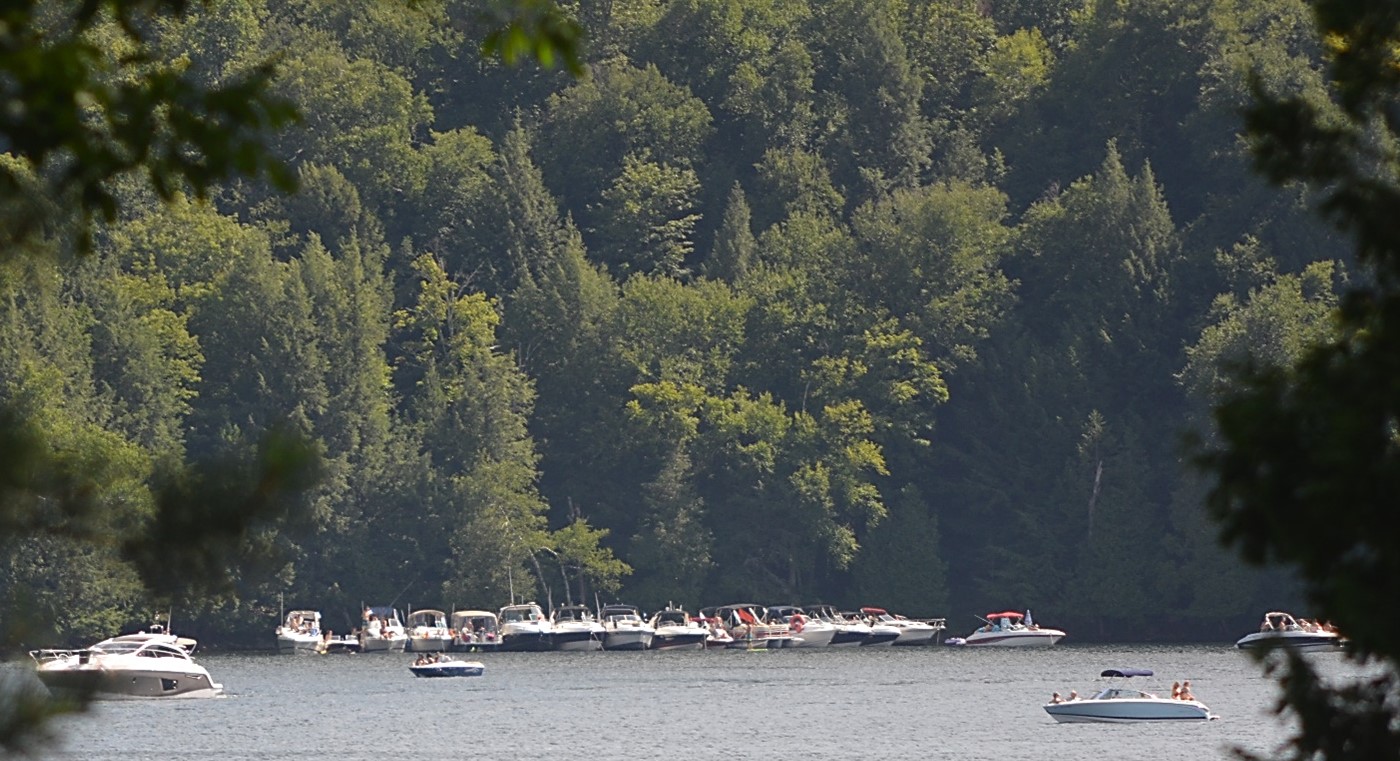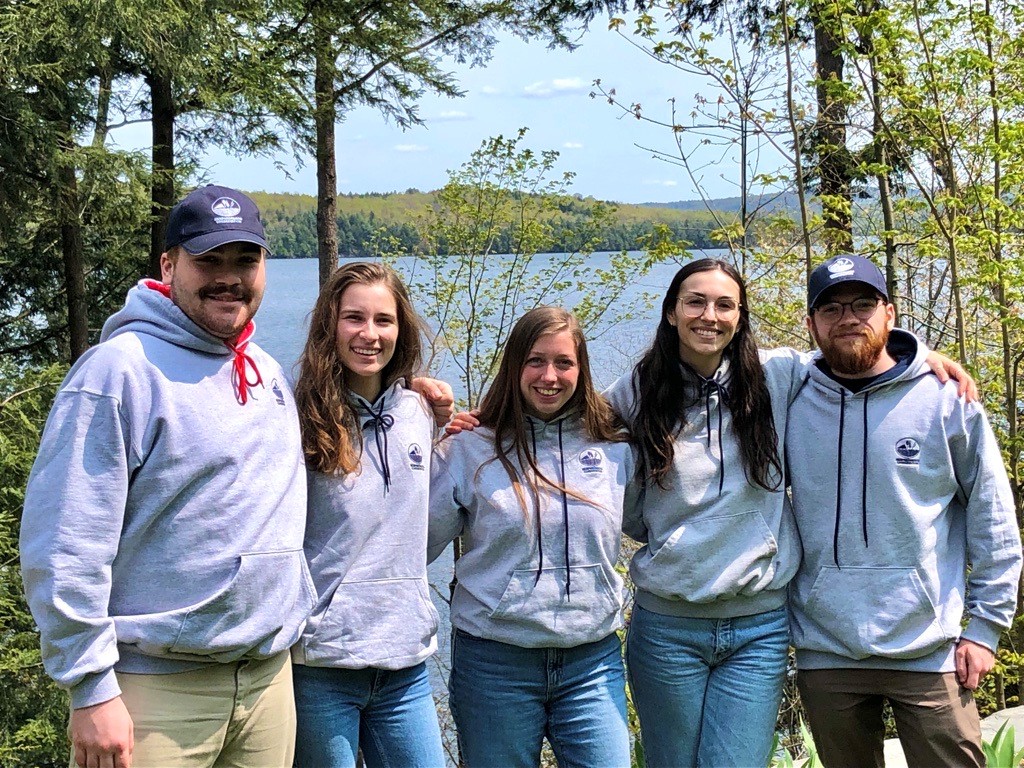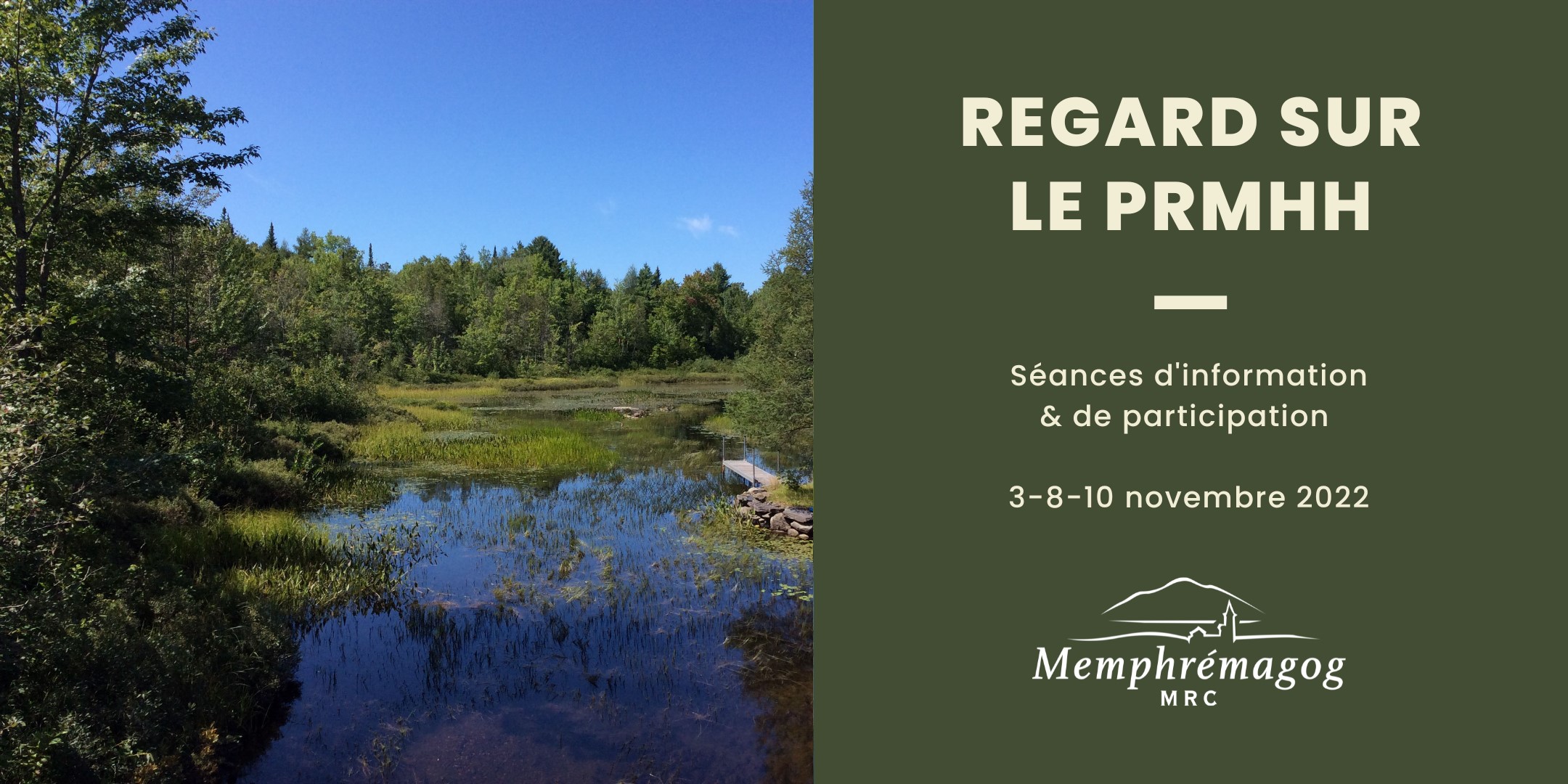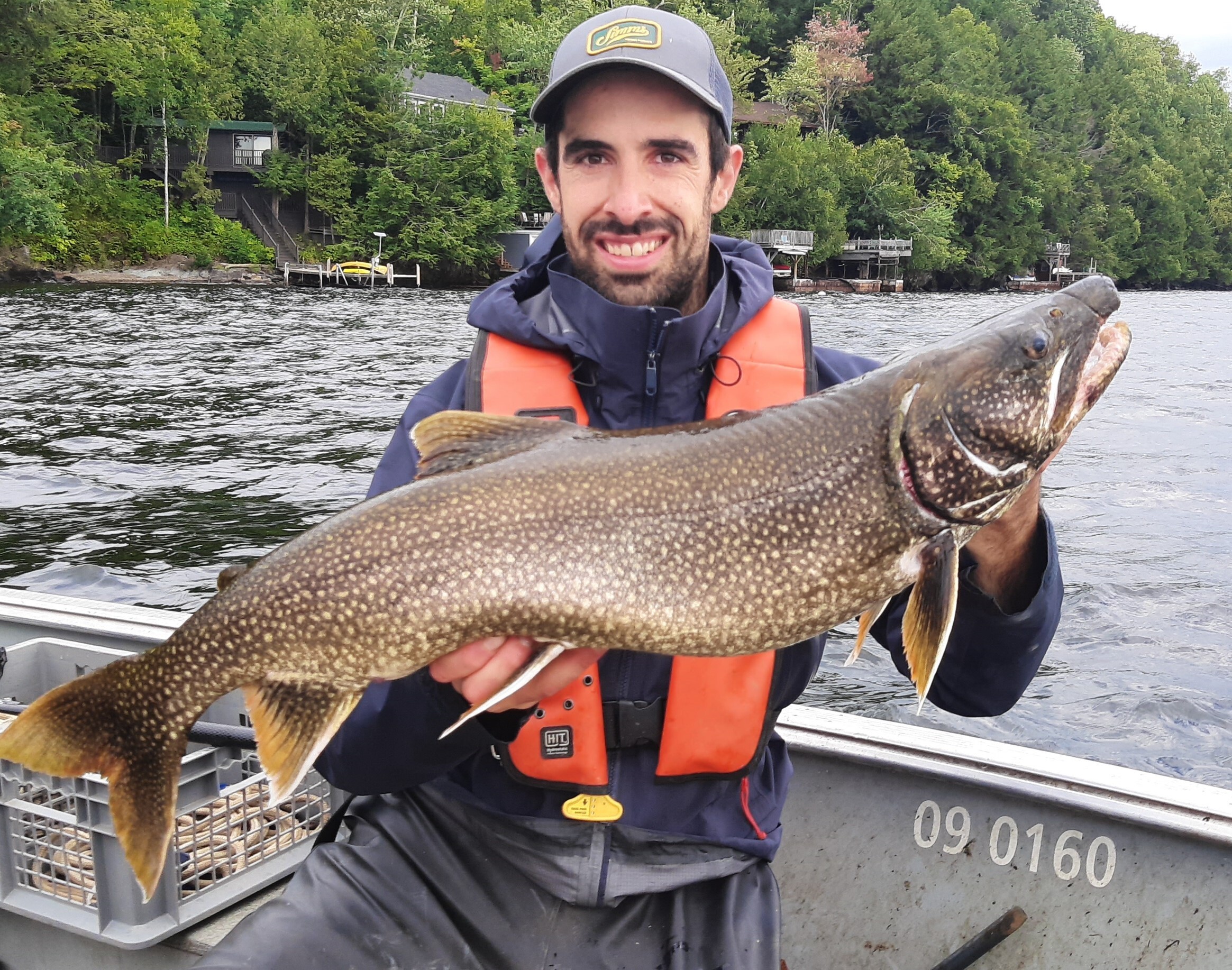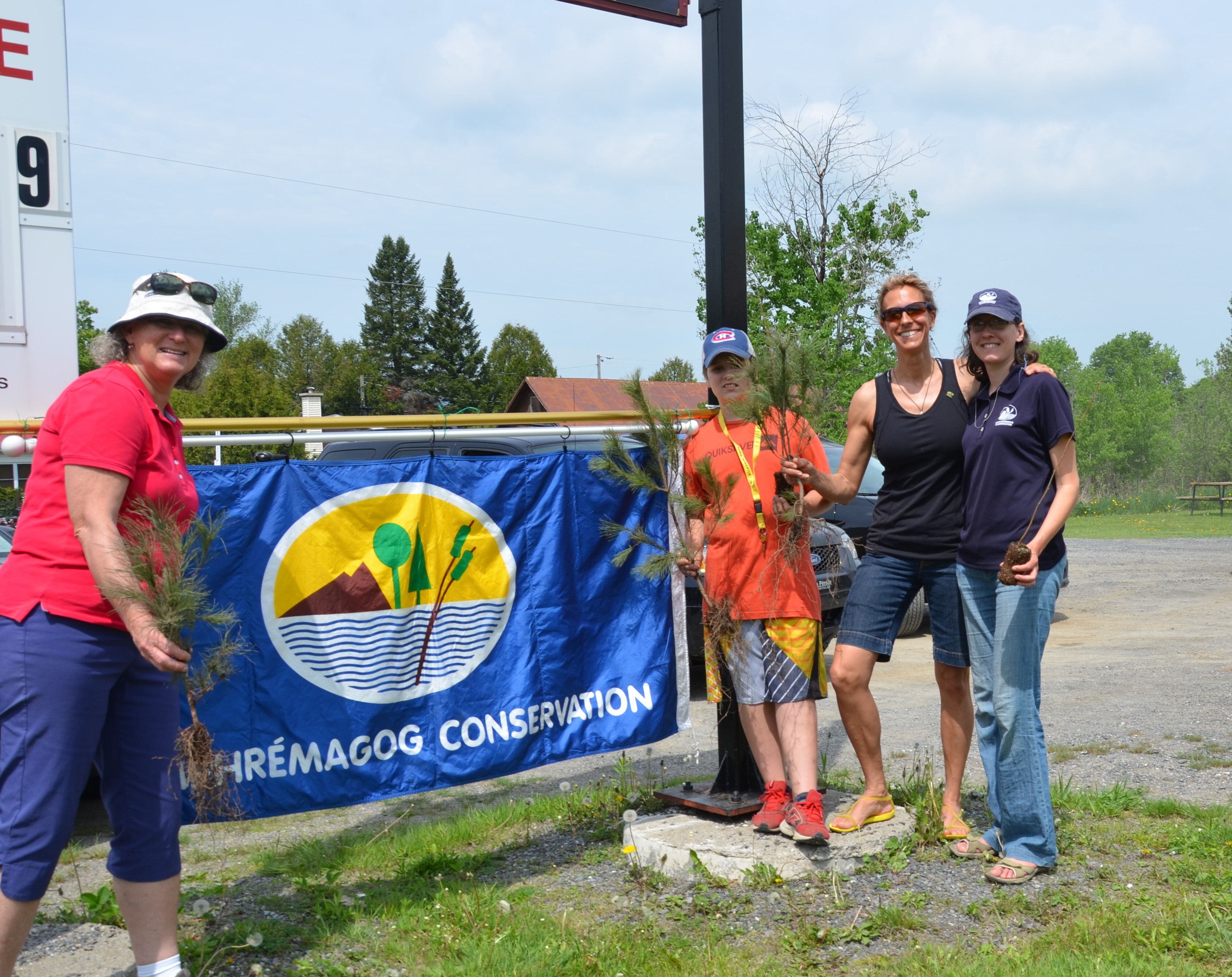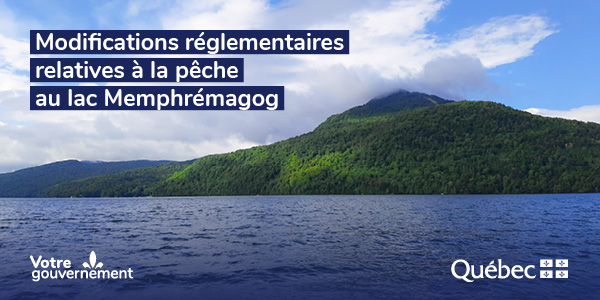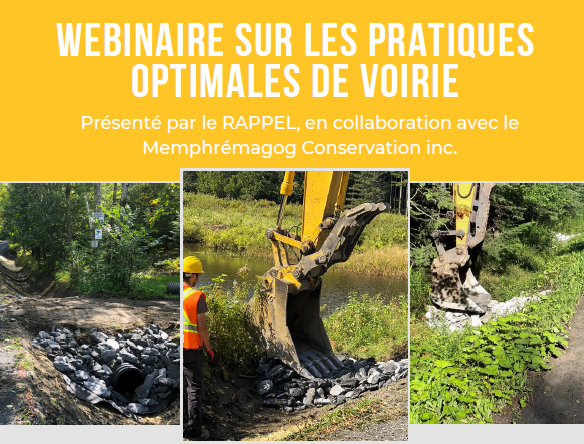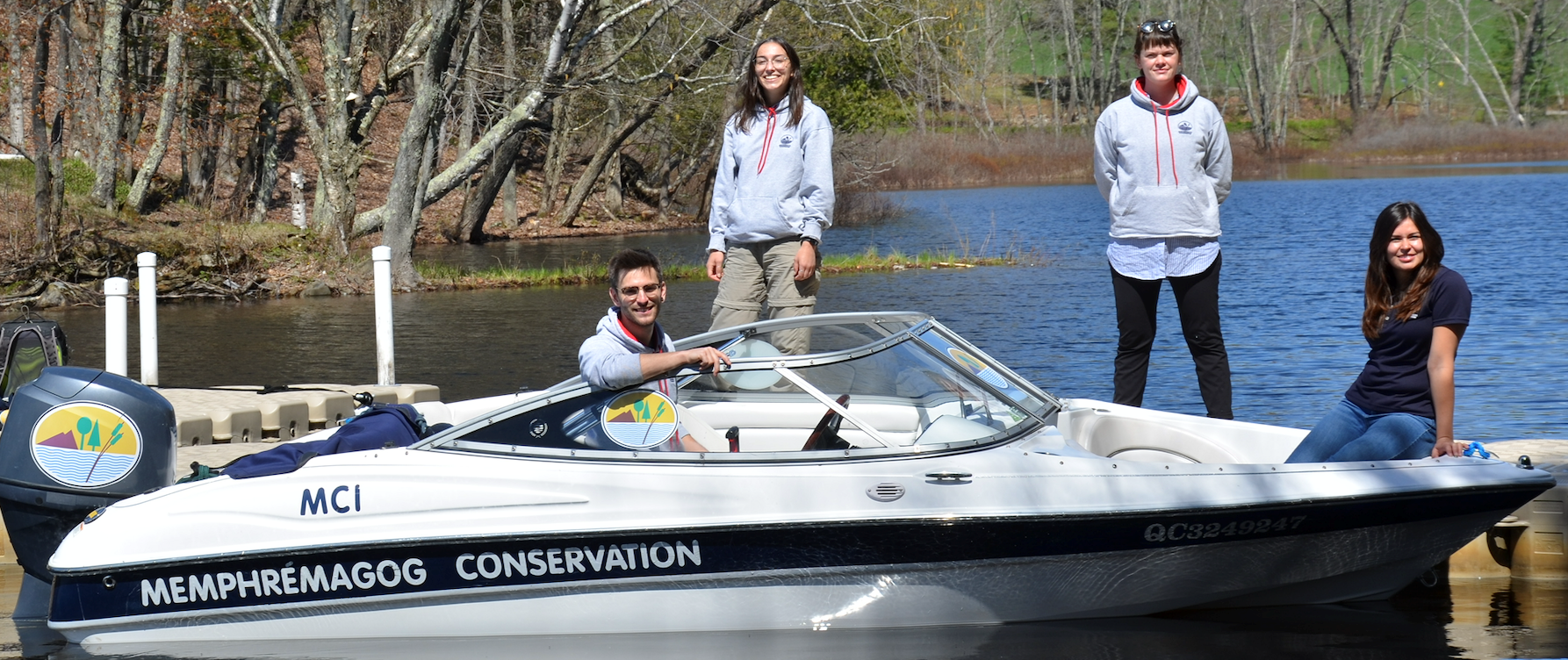Landscapes
Context.jpg) The Lake Memphremagog watershed is blessed with beautiful landscapes (these landscapes are a major attraction of the region); it is the economic engine of the entire community. Few regions can boast so many beautiful vistas, so many picturesque landscapes as the Lake Memphremagog watershed. Will these landscapes always be here? How long will they remain unchanged? It all depends on how development is carried out. At this time, uncontrolled residential development in rural regions is a serious menace to the long term viability of the watershed's natural landscapes.
The Lake Memphremagog watershed is blessed with beautiful landscapes (these landscapes are a major attraction of the region); it is the economic engine of the entire community. Few regions can boast so many beautiful vistas, so many picturesque landscapes as the Lake Memphremagog watershed. Will these landscapes always be here? How long will they remain unchanged? It all depends on how development is carried out. At this time, uncontrolled residential development in rural regions is a serious menace to the long term viability of the watershed's natural landscapes.
What do we mean by a landscape?
A landscape is an area of land that can be viewed by an observer. It thus depends on the point of view of the observer. It is composed of natural elements and elements managed for human activities. A landscape is a system, that is to say that it is dynamic and in constant evolution; it is the result of the interaction of natural forces and human actions (culture). 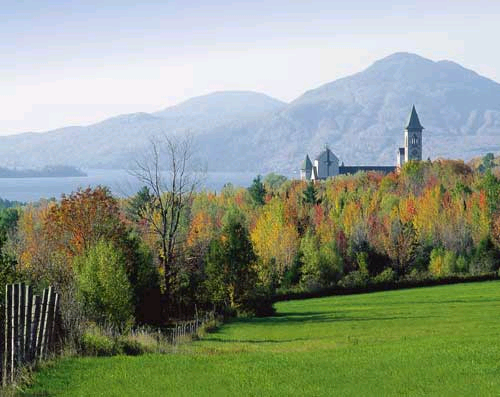 It is evident that uncontrolled residential development is the largest threat to the natural landscapes of the Lake Memphremagog watershed. The decline in agricultural acitvity is another important threat to the watershed's landscapes. In fact, the disappearance of agricultural activity is generally followed by the disappearance of country landscapes, often as a result of irresponsible residential development.
It is evident that uncontrolled residential development is the largest threat to the natural landscapes of the Lake Memphremagog watershed. The decline in agricultural acitvity is another important threat to the watershed's landscapes. In fact, the disappearance of agricultural activity is generally followed by the disappearance of country landscapes, often as a result of irresponsible residential development.
The deterioration of our landscapes manifests itself by the installation of unsightly infrastructure elements (for example, electricity distribution networks), the loss of the natural character of the landscape (shoreline deforestation, presence of boathouses, etc.) and the construction of buildings that do not respect the environment, etc.
Landscape dynamics (evolution over time)
Like a palimpsest, natural landscapes are in constant evolution at various scales. Their elements change on a daily basis, as a result of the forces of nature and the individual choices and collective orientations of the moment. These changes, whether natural or human caused, affect the quality of the landscapes. Thus, the appreciation of the quality of a landscape cannot be a hindrance to the desires of the current generation.
What types of natural landscapes do we find in the Lake Memphremagog watershed?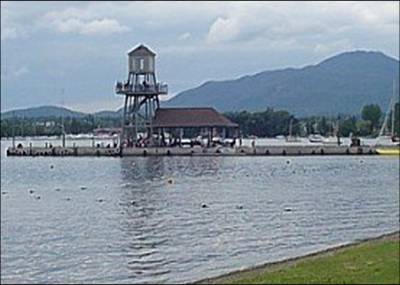 Two principal types of natrual landscapes are present in the Lake Memphremagog watershed. First of all, there are the landscapes composed of natural elements only. In the watershed, only the forested landscapes and those highlighting our waterways fall into this category. Then there are the human modified landscapes. These are composed of cultural elements, built and managed for human acitvities. Agricultural and urban landscapes in the waterhwed fall into this category. The region's reputation comes principally from natural landscapes (forests and lakes) and agricultural landscapes.
Two principal types of natrual landscapes are present in the Lake Memphremagog watershed. First of all, there are the landscapes composed of natural elements only. In the watershed, only the forested landscapes and those highlighting our waterways fall into this category. Then there are the human modified landscapes. These are composed of cultural elements, built and managed for human acitvities. Agricultural and urban landscapes in the waterhwed fall into this category. The region's reputation comes principally from natural landscapes (forests and lakes) and agricultural landscapes.
What do Lake Memphremagog's watershed's landscapes contain?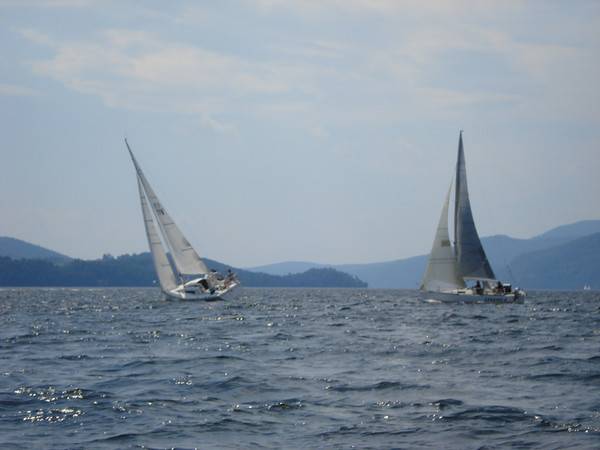 A landscape's basic component is the terrain. To that, different elements add to it to form a landscape. These elements can be natural (biophysical), such as flora, fauna, vistas, waterways and their shorelines. They can also be anthropic, such as buildings, hedges, historical and religious monuments, roads, etc. Depending on their quality, they can be considered as points of interest, that is to say elements that are of interest to tourists as well as to residents. As part of a canvas, these points of interest interact to give the landscape its character. Thus, a landscape where the mix of natural and anthropic elements is interesting will be more popular than one completely natural or completely artificial.
A landscape's basic component is the terrain. To that, different elements add to it to form a landscape. These elements can be natural (biophysical), such as flora, fauna, vistas, waterways and their shorelines. They can also be anthropic, such as buildings, hedges, historical and religious monuments, roads, etc. Depending on their quality, they can be considered as points of interest, that is to say elements that are of interest to tourists as well as to residents. As part of a canvas, these points of interest interact to give the landscape its character. Thus, a landscape where the mix of natural and anthropic elements is interesting will be more popular than one completely natural or completely artificial.
A few points of interest of note in the Lake Memphremagog watershed
The local mountains, such as Owl’s Head, Sugar Loaf, Elephant, Hog’s Back and Orford, as well as the lake itself and its wild shorelines, are the most notable points of interest in the watershed. As far as anthropic elements, we note the small farms scattered throughout the watershed, as well as the heritage buildings, such as the St-Benoît-du-lac abbey.
What are the iconic images in the Lake Memphremagog watershed?
As well as being picturesque, the region's landscapes, due to their varied topography, offer mumerous exceptional vistas. The landscapes can be enjoyed from various points of view, from on the water, on roads, on bicycle and walking paths, on ski slopes, on snowmobile trails, on public beaches, on the shores of the lake, and from local mountaintops.
What are the factors that have shaped the landscapes of the Lake Memphremagog watershed?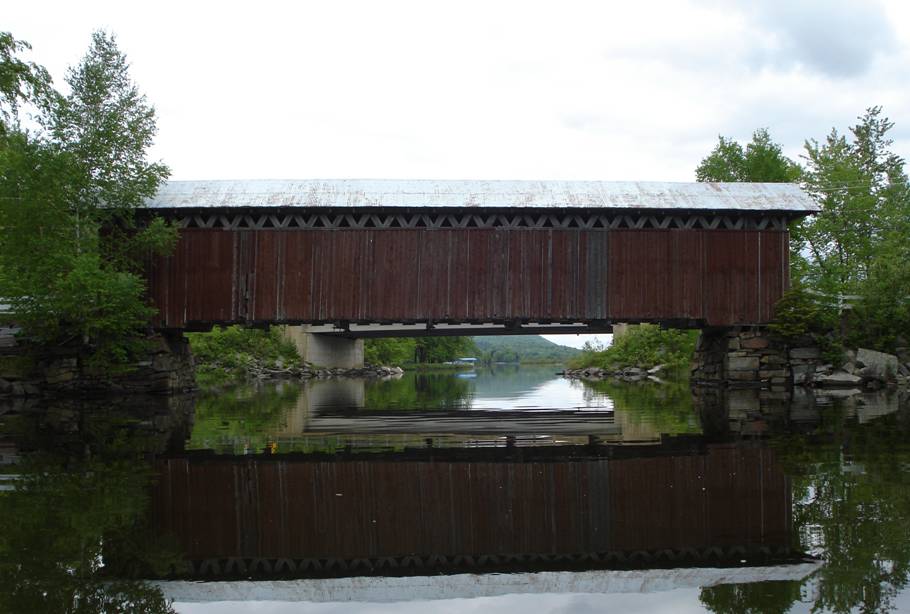 Up until the region's colonization by United Empire Loyalists from New England, the watershed's landscapes were shaped by geologic forces. Since then, colonization has added buidlings and farms to the landscape. Their architectural styles and the way the land was divided up were quite unique and traces of them can still be seen today. Later, francophone colonists added their own touches. This cultural duality is quite apparent in our landscapes and gives the region a distinctive character, making the area even more attractive. Of all of the factors contributing to the current state of our landscapes, small scale agriculture is the most notable. Farm outbuildings, tree hedges and cultivated fields are found throughout the region.. Today, it is the decisions regarding public infrastructure, industrial exploitation of natural resources as well as the construction and location of residences that has the largest impact on the evolution of our landscapes.
Up until the region's colonization by United Empire Loyalists from New England, the watershed's landscapes were shaped by geologic forces. Since then, colonization has added buidlings and farms to the landscape. Their architectural styles and the way the land was divided up were quite unique and traces of them can still be seen today. Later, francophone colonists added their own touches. This cultural duality is quite apparent in our landscapes and gives the region a distinctive character, making the area even more attractive. Of all of the factors contributing to the current state of our landscapes, small scale agriculture is the most notable. Farm outbuildings, tree hedges and cultivated fields are found throughout the region.. Today, it is the decisions regarding public infrastructure, industrial exploitation of natural resources as well as the construction and location of residences that has the largest impact on the evolution of our landscapes.
How do we judge the quality of a landscape?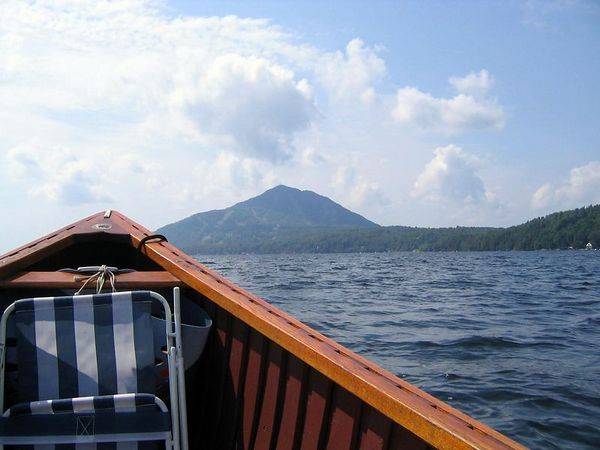 A landscape is considered of high quality if it evokes the idea of 'beauty' within us. It affects our sight and spirit; it is strikingly 'beautiful'. We say it charms the eyes and warms the spirit. This is because all of the landscape's elements work in harmony, generating many emotions in the observer, things like awe, a desire to meditate, a feeling of isolation, etc. These are the things that make a landscape picturesque.
A landscape is considered of high quality if it evokes the idea of 'beauty' within us. It affects our sight and spirit; it is strikingly 'beautiful'. We say it charms the eyes and warms the spirit. This is because all of the landscape's elements work in harmony, generating many emotions in the observer, things like awe, a desire to meditate, a feeling of isolation, etc. These are the things that make a landscape picturesque.
All types of landscapes can be considered picturesque, be they natural, agricultural, forested, urban or industrial. Thus a natural landscape can be picturesque, but a picturesque landscape is not necessarily natural. For example, a residential building that is well integrated into the environment can be an element of a picturesque landscape. By the same token, a small village with an authentic style, well integrated into the environment can be as picturesque as a fully natural landscape.
What is the state (quality) of the landscapes in the Lake Memphremagog watershed?
The Lake Memphremagog watershed is renowned for the quality of its landscapes; their reputation is assured. We can say with confidence that the vistas La région du bassin versant du lac Memphrémagog se distingue par la qualité de ses paysages; leur renommée n’est plus à faire. On peut dire que les panoramas qui se dévoilent au visiteur du bassin versant sont d’une qualité remarquable. Cela est dû en grande partie au fait que les villages, les campagnes et les montagnes présents dans le bassin versant ont pu conserver jusqu’ici leur cachet naturel et leur caractère unique au Québec.
Why are landscapes important for the quality of the Lake Memphremagog watershed?
Landscapes as living memory
Landscapes are a living history of our culture going back generations. They are a tangible memory of the societies that preceded us and are a link to our past. It is important to preserve the most fundamental elements.
Lasndcapes as a powerful attractant
Our natural landscapes have become the main driver bringing visitors to the region. They are thus a considerable natural resource, and are the motor of our recreo-touristic industry: the value of this industry depends in great measure on the visual accessibility of our landscapes. They are at the base of many open air sports practiced in the region, such as cycling, hiking, skiing, boating as well as excursion tourism (ex.: the Chemin des Cantons). As well, a number of local events are associtated with our landscapes, such as the Flambée des couleurs and the Fête des vendanges. Also, our landscapes provide a positive image to our local products. The landscapes of the Lake Memphremagog watershed are its trademark. It is said that someone who has experienced our natural landscapes is someone who wants to come back! A quality landscape also ensures the maintenance of the value of our homes.
Our landscapes as a healthy and pleasant living environment
We like a location because it provides a pleasant ambiance. It is our landscapes that provide this ambiance.They are at the base of our feelings of belonging to a region and form an essential part of our collective identity and pride. Also, the beauty of our landscapes is a question of psychological equilibrium - humans will always need intimate contact with nature to maintain psychological balance.
Our landscapes as a source of inspiration, creativity, expression and motivation
Landscapes inspire culture by their diversity, and are enriched or impoveriched depending on the choice of activities or development. Thus a landscape in and of itself can be a creative force. More specifically, the attachment to our natural heritage in the Lake Memphremagog watershed, by preserving the emotions it brings up, acts as motivation to preserve our environment and ensure that human activities are in harmony with nature.
Are the picturesque landscapes of the Lake Memphremagog watershed protected?
Since the revision of the Memphremagog MRC's 2006 master land use plan, the MRC recognizes seven types of picturesque landscapes. They are labeled as landscapes of esthetic interest. Unfortunately, the local municipalities have not all integrated these provisions related to landscapes found in the land use plan, meaning that the watershed's landscapes do not enjoy adequate protection.
In general, the Memphremagog MRC's land use plan accords the following protections for landscapes of esthetic interest, as it related to real estate development:
- Only single family dwellings are permitted, under the following conditions:
- The natural slope of the planned building location must be less than 15%;
- Minimum lot size is 0,5 hectares (5,000 m2);
- Notwsithstanding the above, minimum lot size in areas designated "Natural landscape of superior interest" is 4 hectares (40,000 m2);
- At least 60% of the trees on the lot must be conserved;
- The maximum size of the open area of a single lot (including the main building) cannot exceed 800 m2;
- The maximum total size of the open areas at 10 metres distance and separated by a band of trees is 1,200 m2, with 600 m2 for the main building.
What landscapes of esthetic interest are recognized in the land use plan of the Memphremagog MRC?
The Memphremagog MRC recognizes seven types of landscapes of esthetic interest, as follows:
Natural landscapes of superior interest
Landscapes offering large wooded slopes, visible from a distance.
Panoramic views
Landscapes that can be admired from the roads traversing the territory.
Picturesque, panoramic routes
Roads which contribute in a significant fashion to the visibility of our rural heritage and the natural and bucolic landscapes of the watershed.
Agricultural landscapes
Areas where farming is practiced. These areas have greatly contributed to the quality of the region's landscapes.
Areas of esthetic and visual interest
Landscapes that are particularly sensitive to new management parctices, such as the landscapes around the main roads within the Magog-Orford tourist station.
The recreotouristic development area of particular interest on Mount Orford
This is essentially the territory within the Mount Orford park prior to Law 23.
Visual corridors of superior interest
Those landscapes visible from Autoroute 10 in the western portion of the MRC.
Under whose authority do our landscapes fall?
Landscapes are of public interest, under individual and collective responsibility. Thus, each community is in charge of the territory it occupies and determines the importance accorded to their landscapes. All interventions undertaken by a property owner, organization or enterprise implies a responsibility for the public, collective value of the landscape. Within their responsibilities, local, regional and national governments are the guarantors of and managers of these common goods.
How can we ensure the maintenance of the quality of our landscapes in the watershed?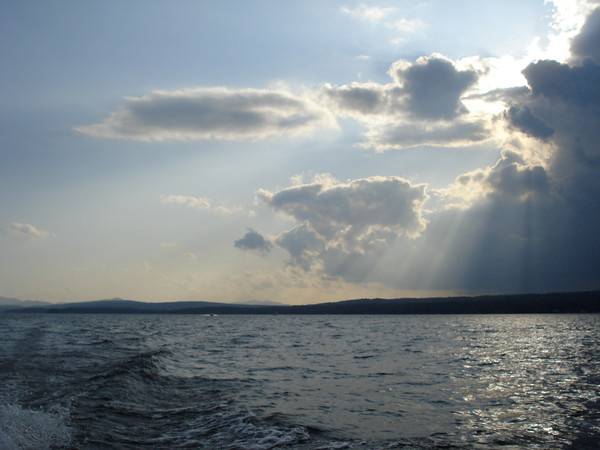 The preservation of the quality of our landscapes requires a deep reflection regarding the type of residential development we want for our rural environments. For the moment, the minimum is to respect the bylaws in place in the land use plan regarding landscapes of esthetic interest. As well, an Architectural Implementaton and Integration Plan (AIIP) needs to be established for each new residential development. It is within this AIIP that we can determine the rules regarding the choice of architectural styles, building heights, materials and colours, as well as the location of the buildings on the site, in order to conserve the ares's identity and harmony. We encourage you to consult the Intervenor's guide.
The preservation of the quality of our landscapes requires a deep reflection regarding the type of residential development we want for our rural environments. For the moment, the minimum is to respect the bylaws in place in the land use plan regarding landscapes of esthetic interest. As well, an Architectural Implementaton and Integration Plan (AIIP) needs to be established for each new residential development. It is within this AIIP that we can determine the rules regarding the choice of architectural styles, building heights, materials and colours, as well as the location of the buildings on the site, in order to conserve the ares's identity and harmony. We encourage you to consult the Intervenor's guide.
For more information:
Council of Europe 2001: European landscape convention
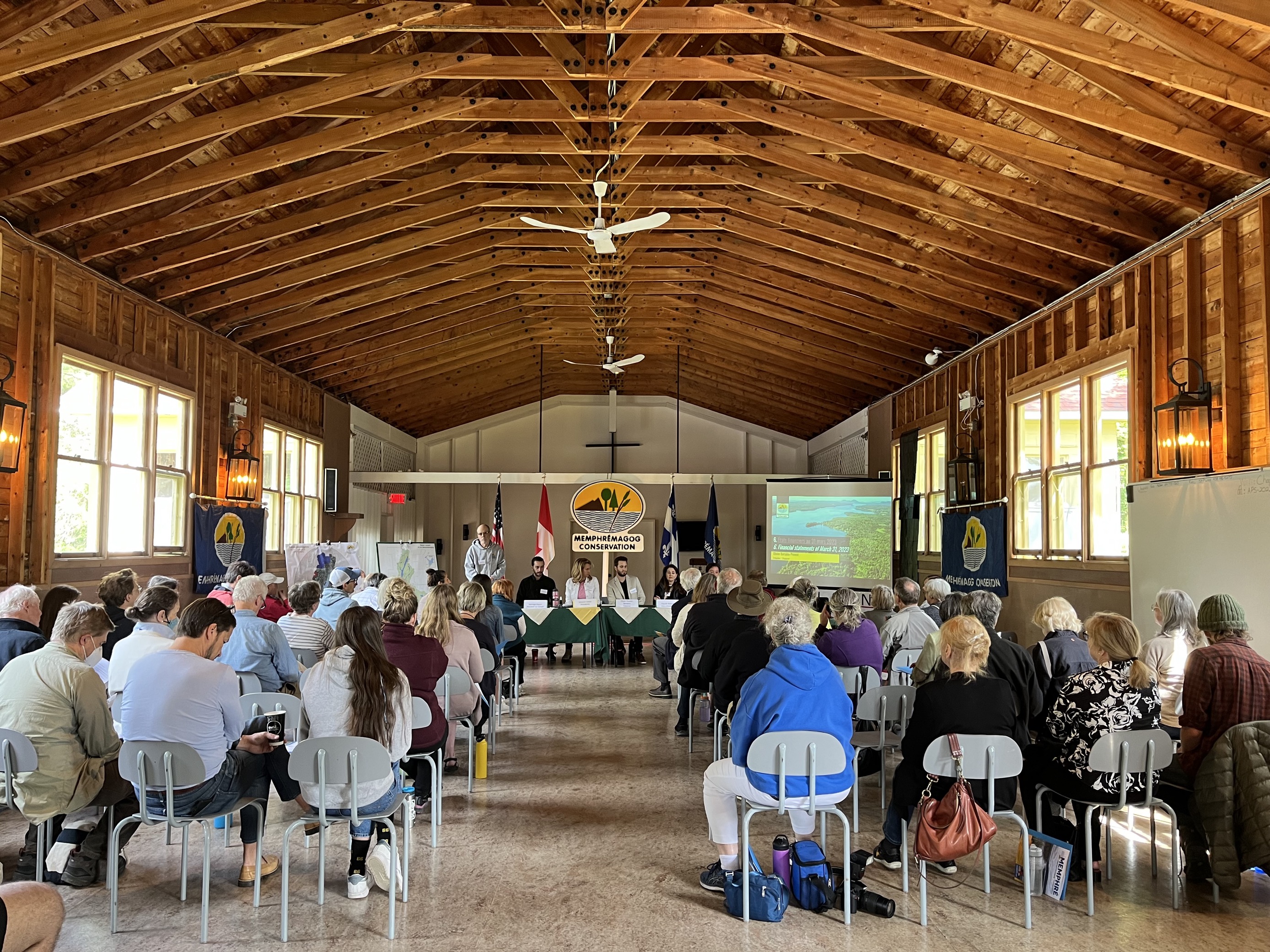
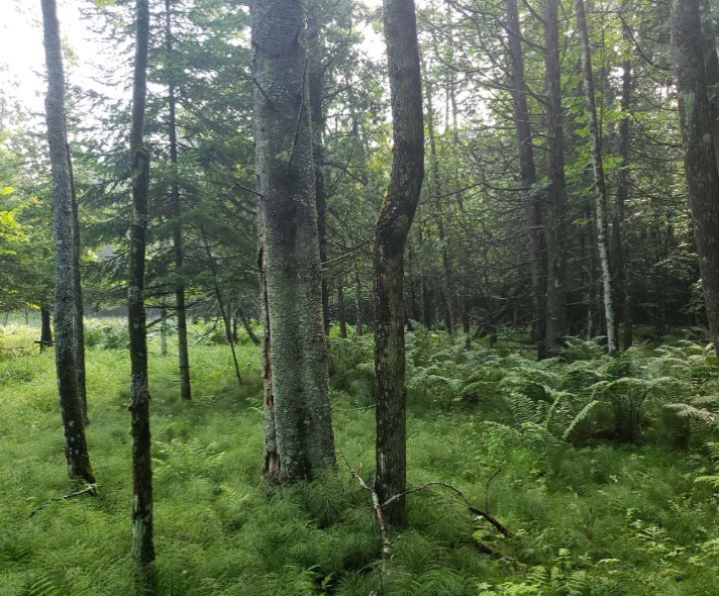
.png)

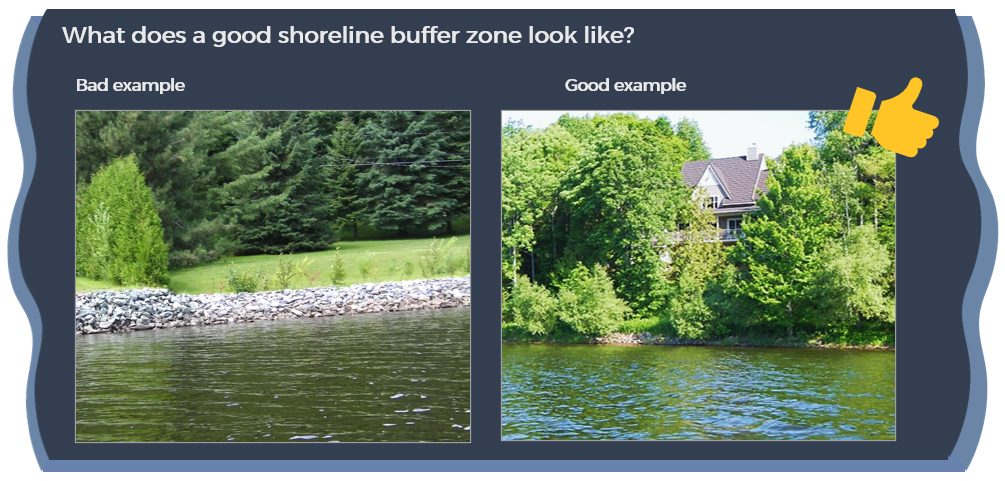
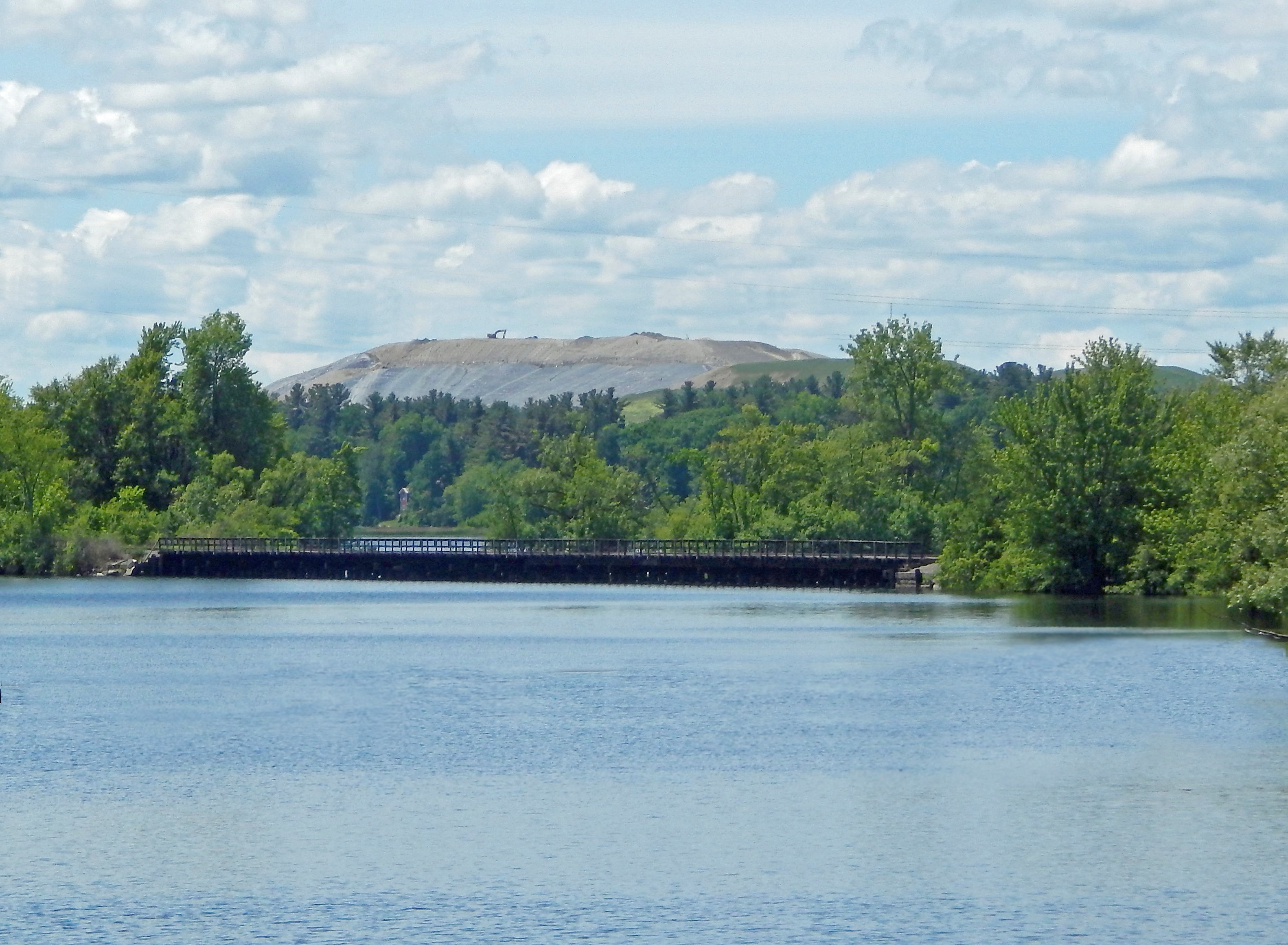

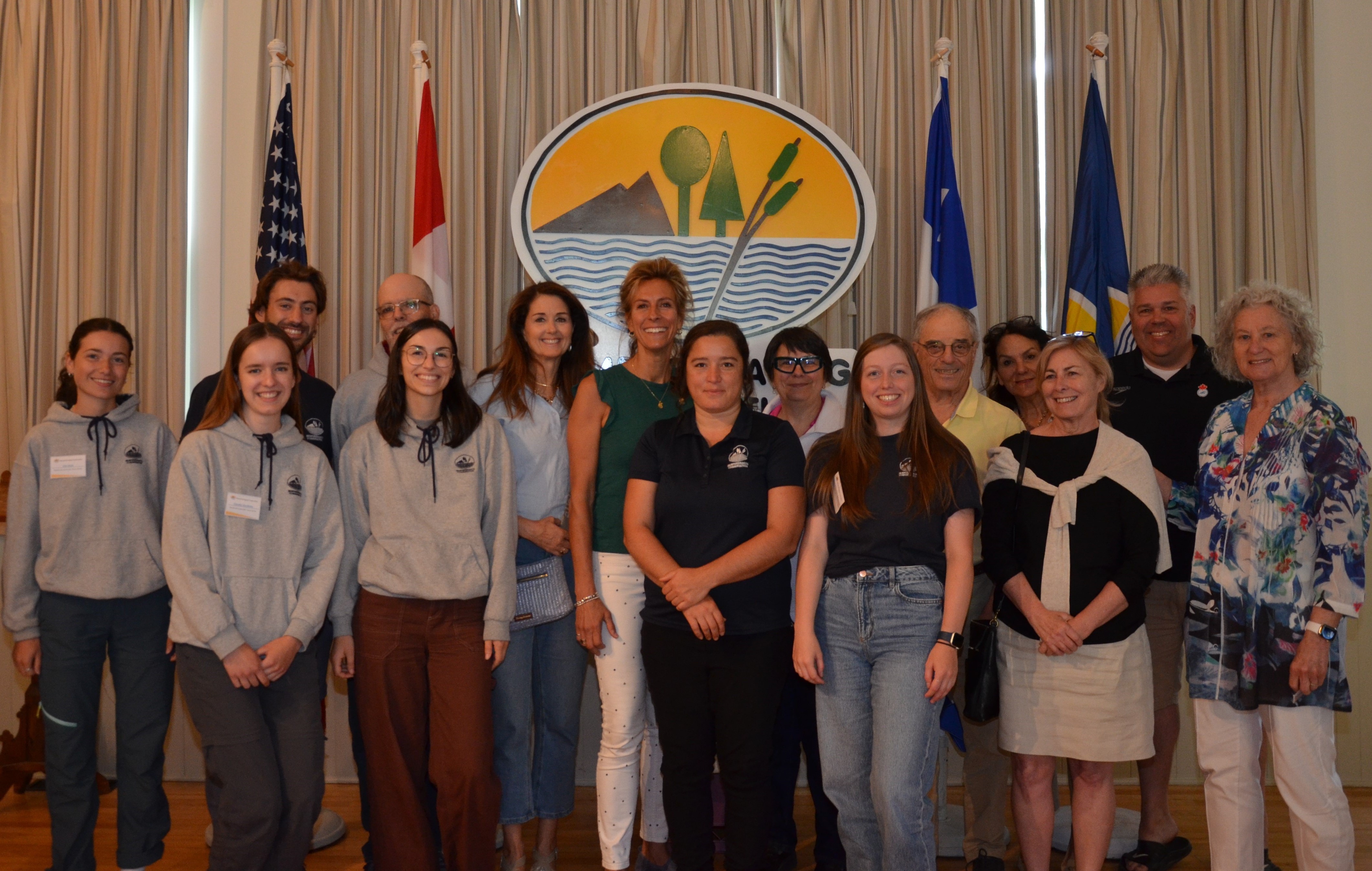
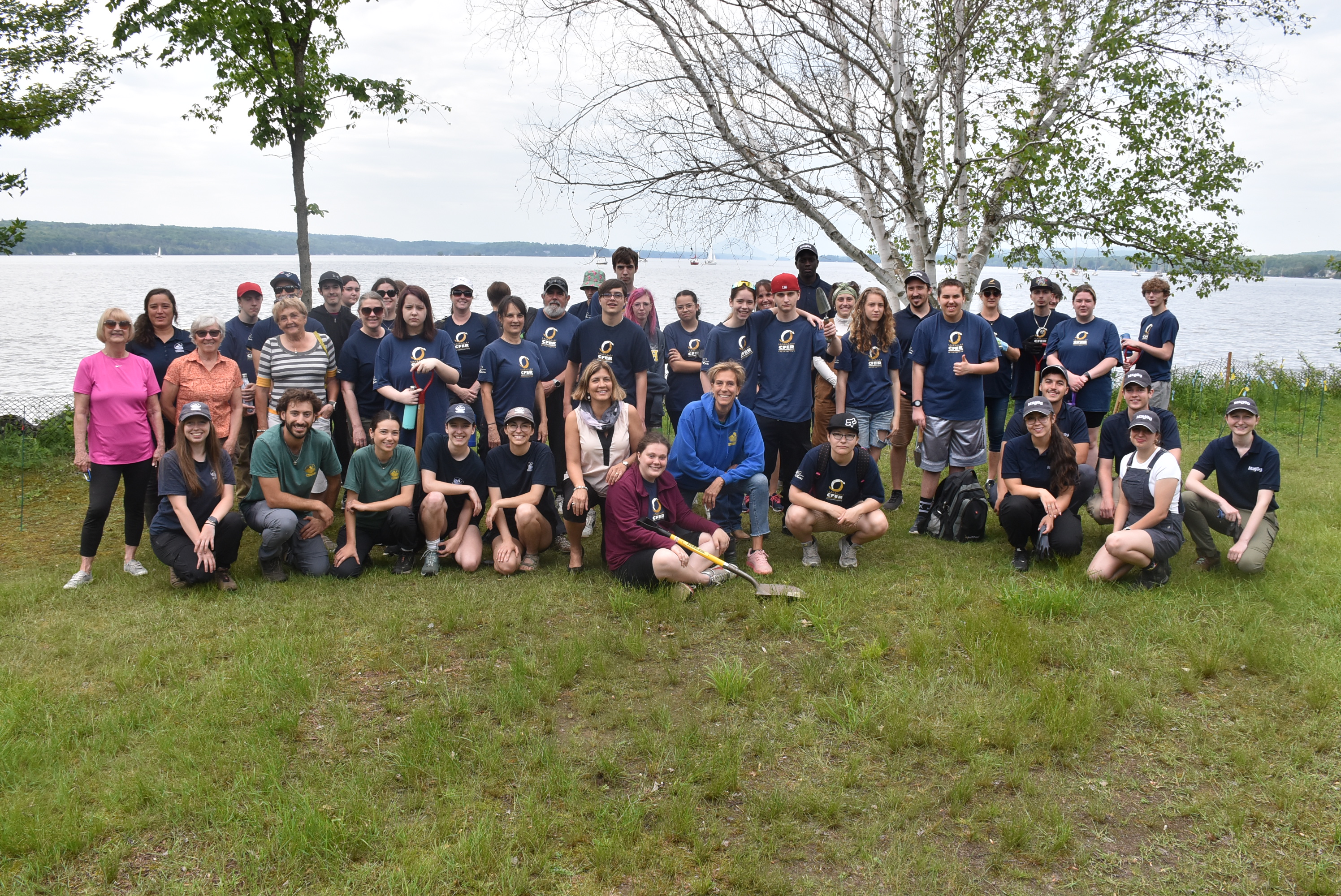
.JPG)
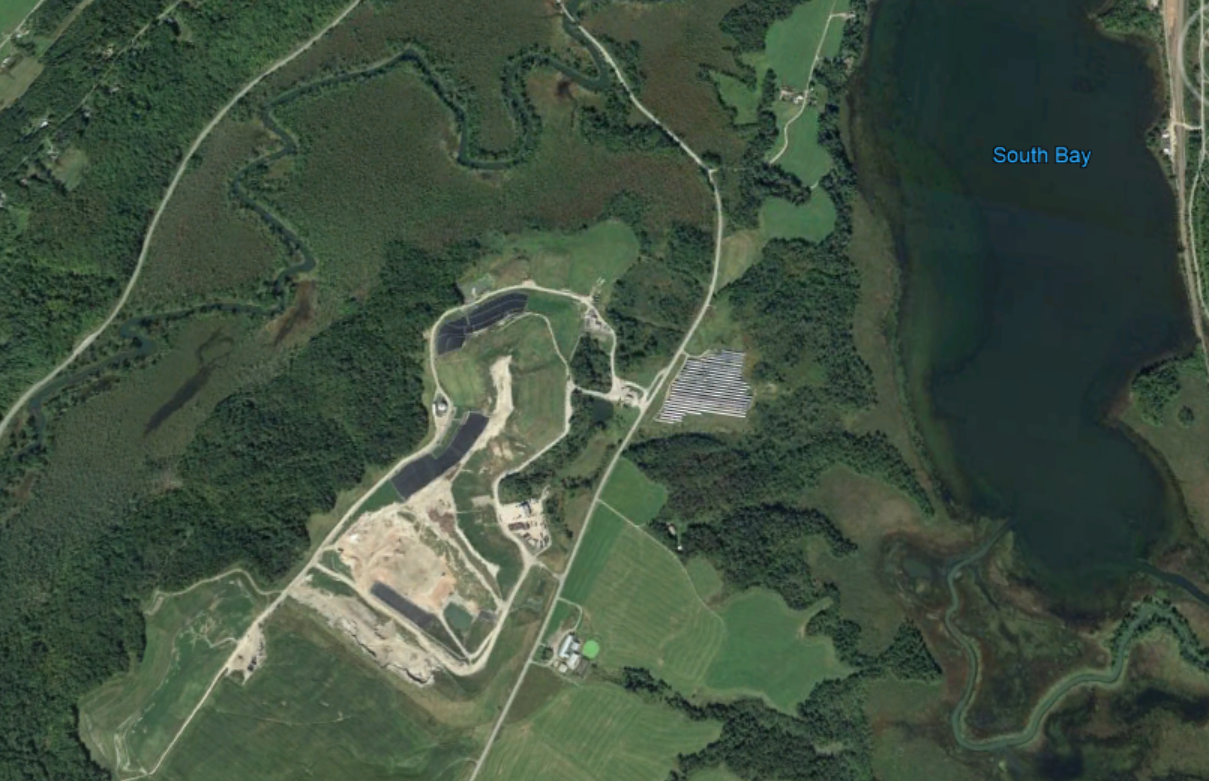
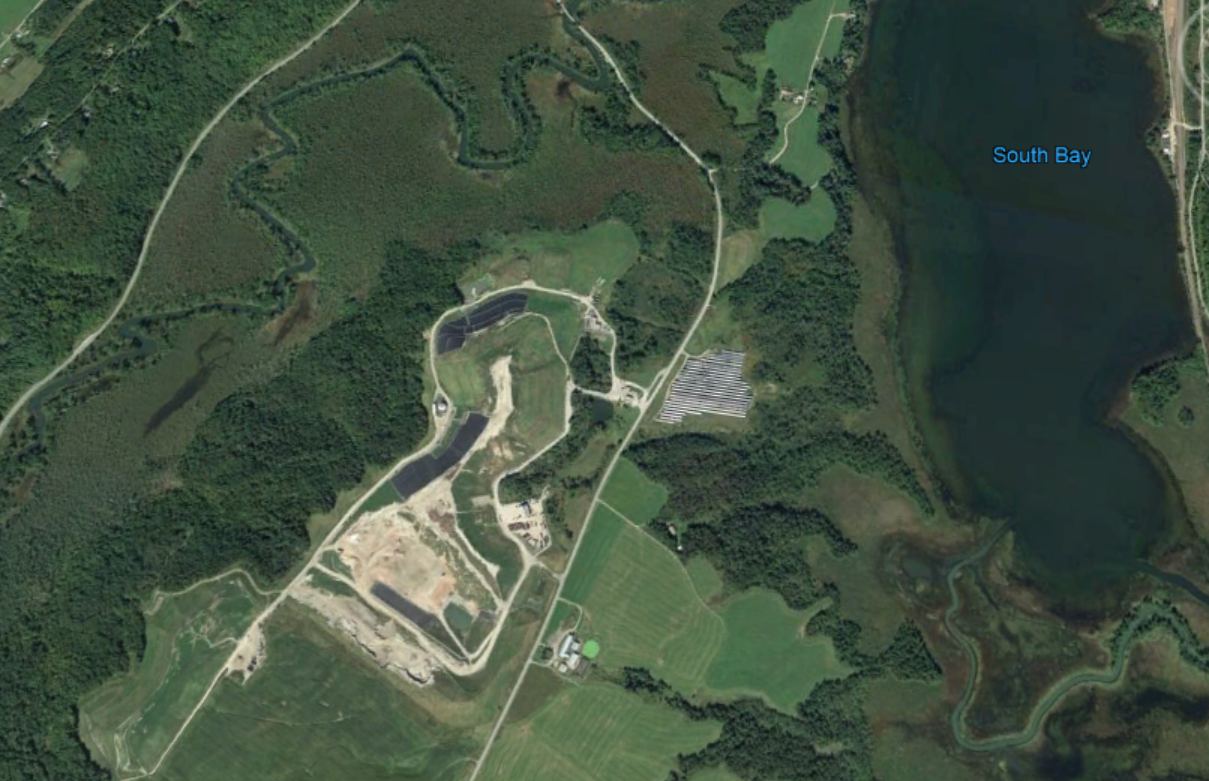
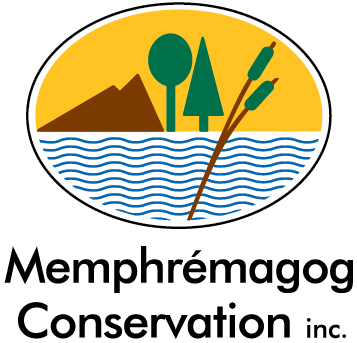



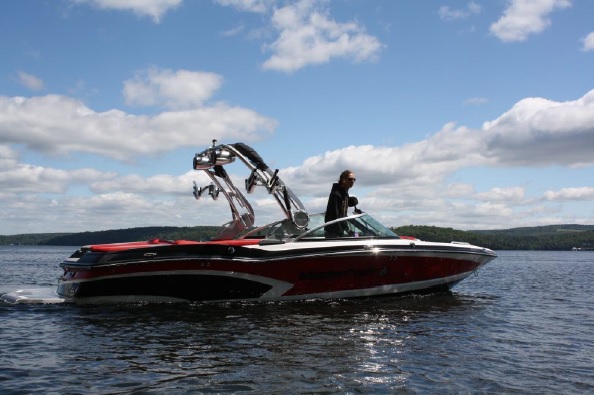
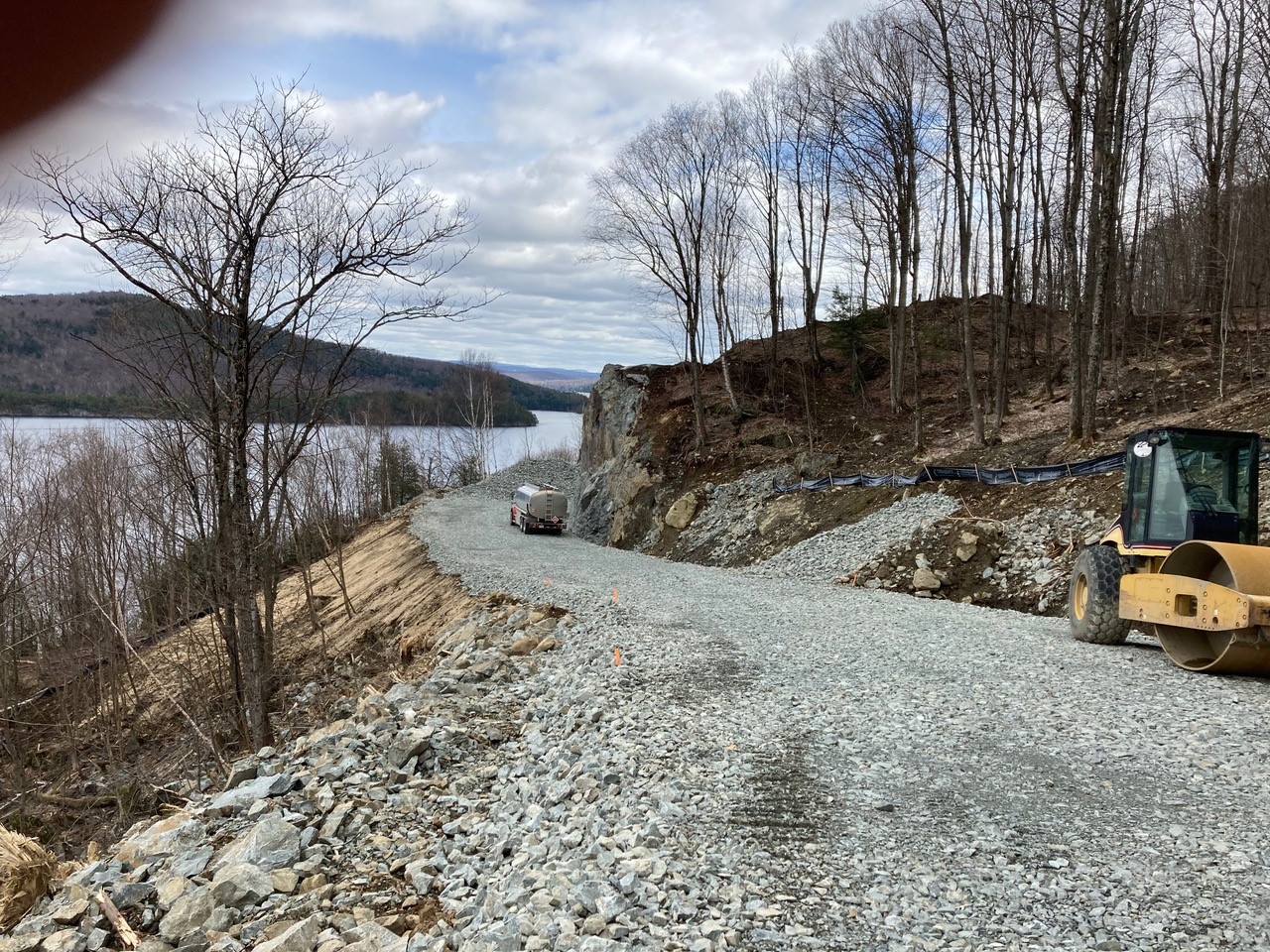
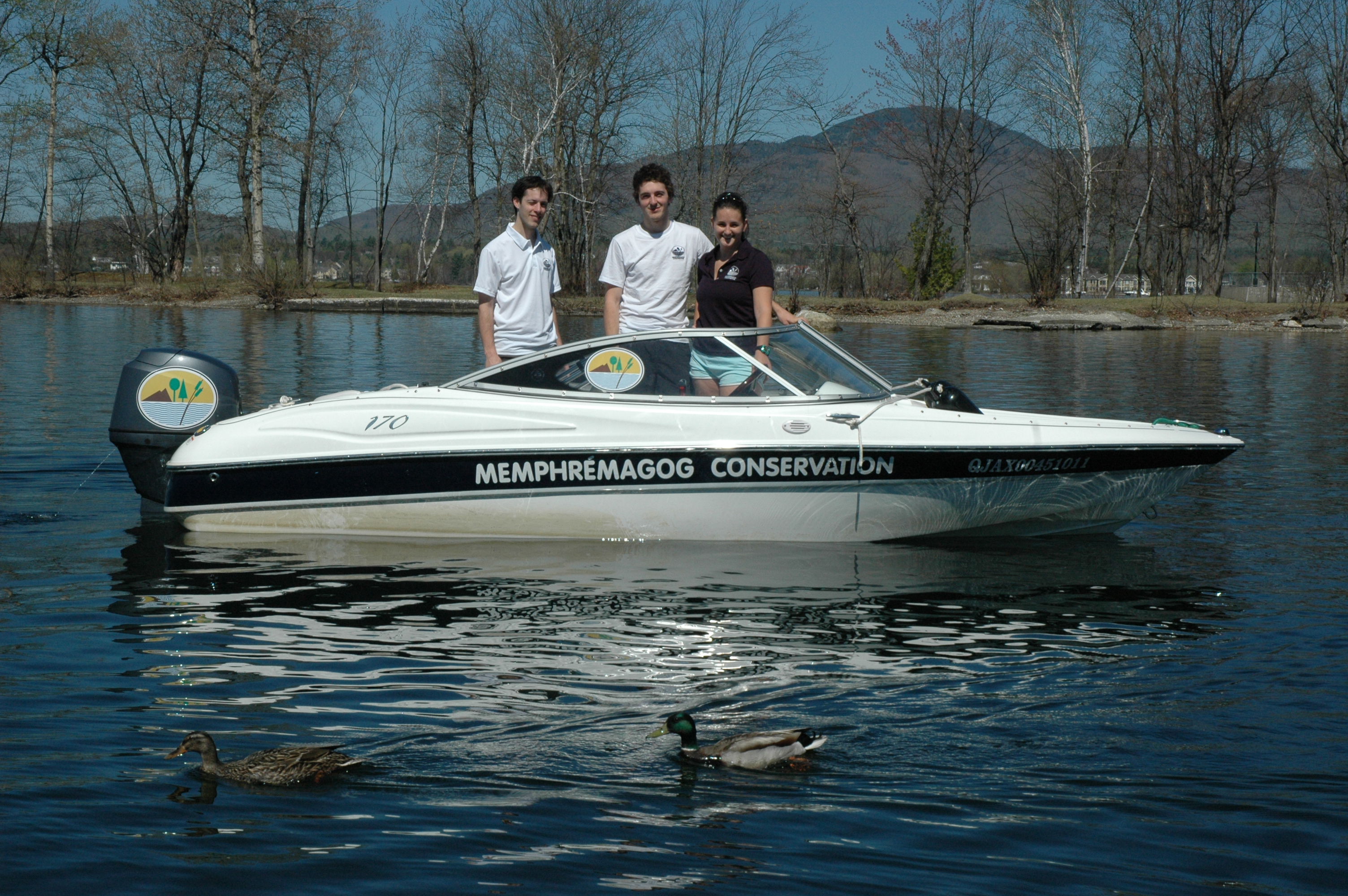


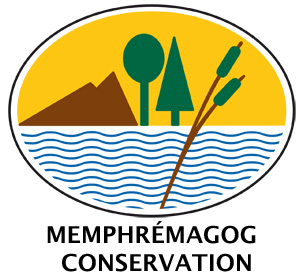












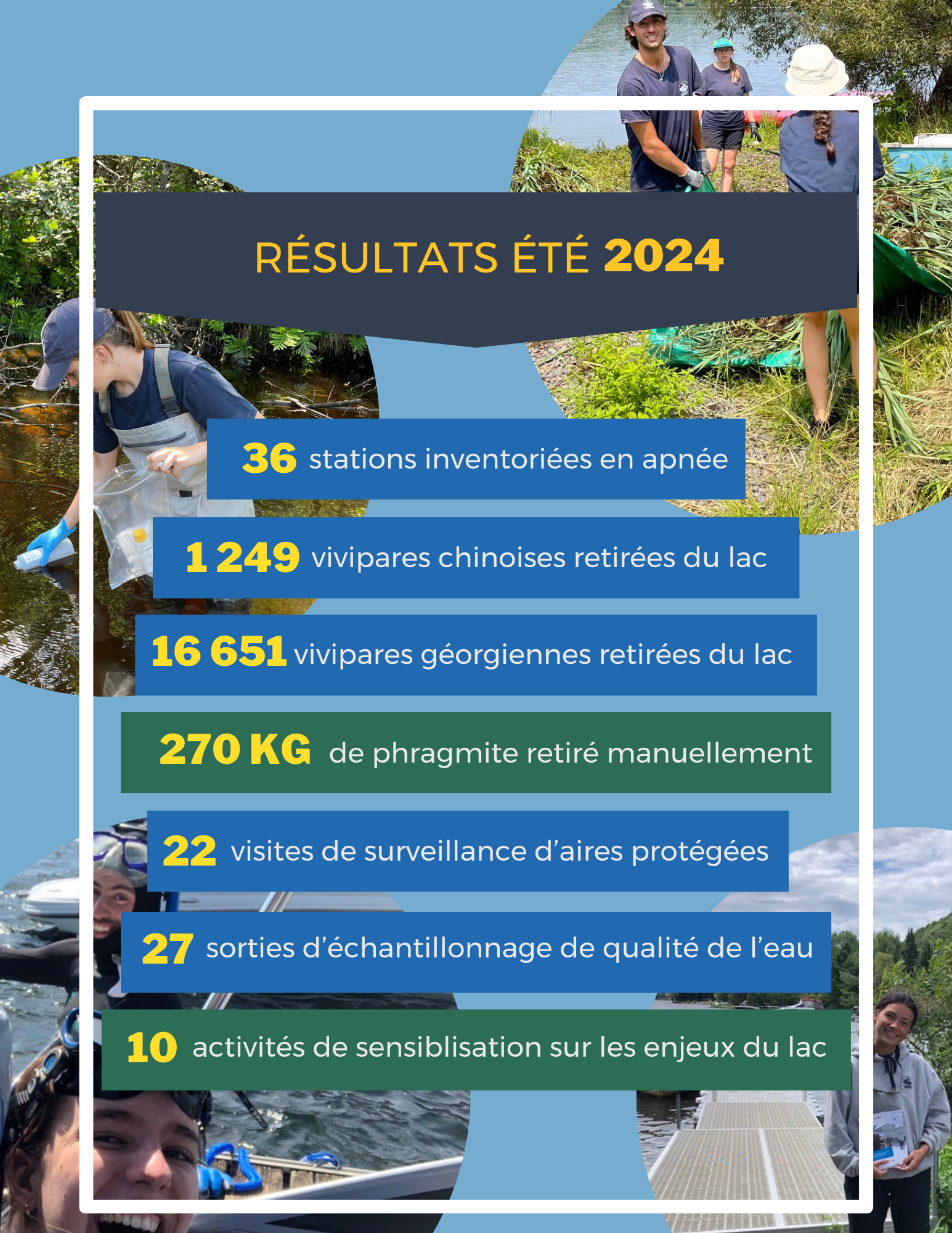
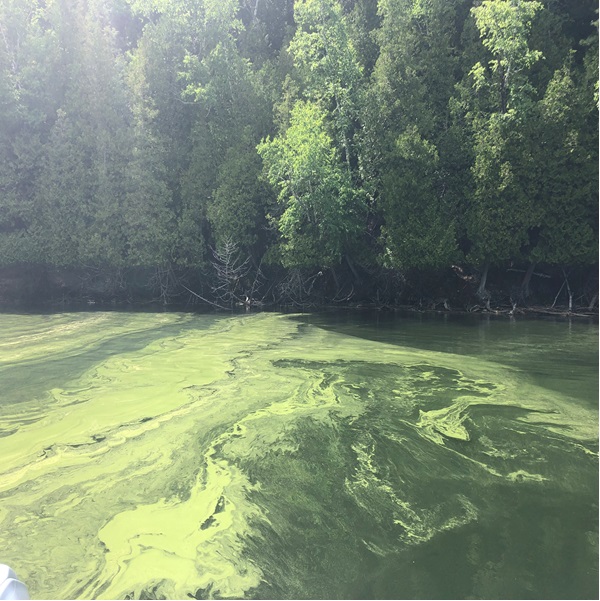
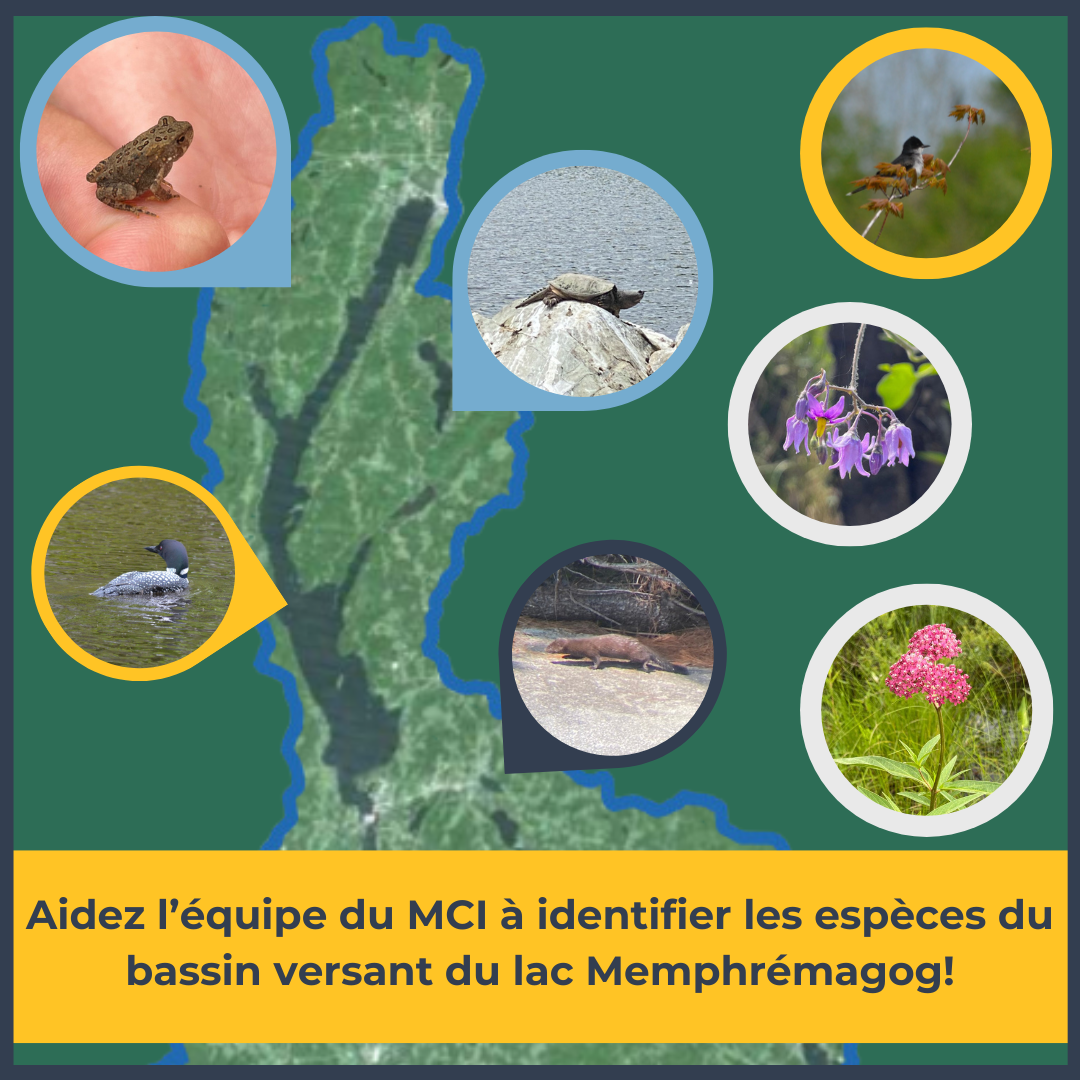
.JPG)

